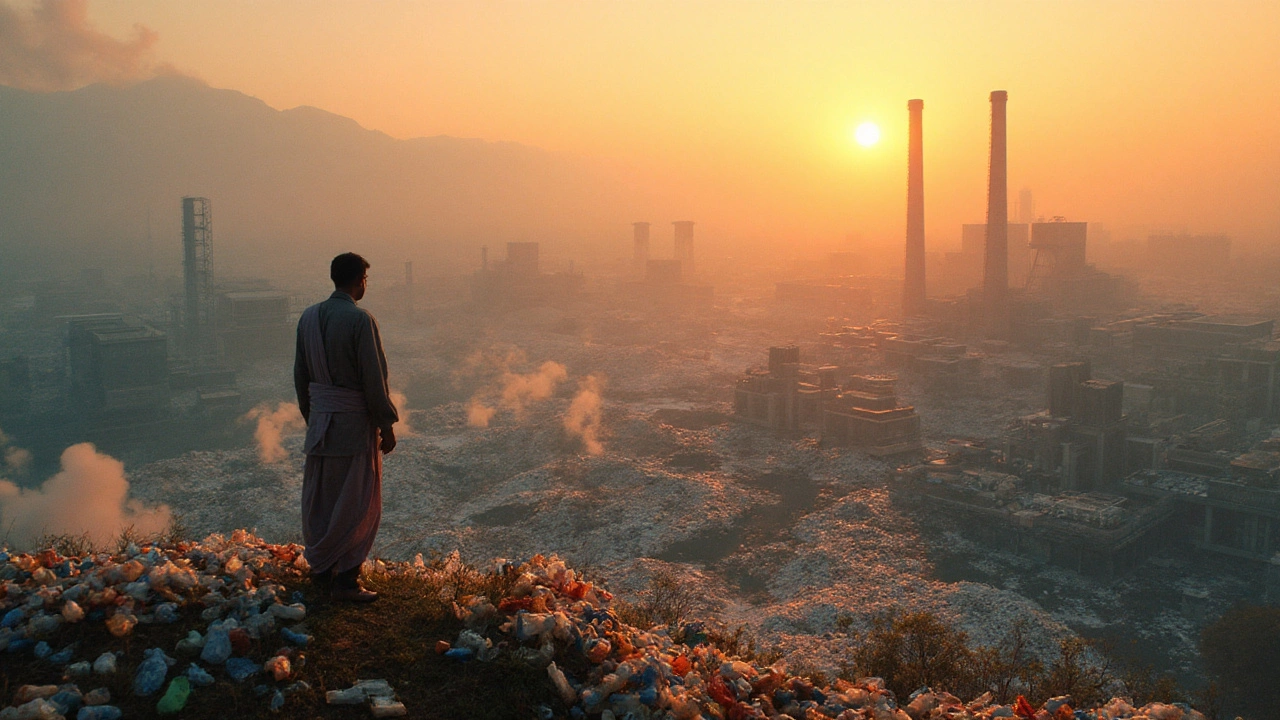Global Plastic Manufacturers: Who’s Who and What’s Changing
Ever wonder where the plastic in your water bottle, car dashboard, or grocery bag actually comes from? The answer lies in a handful of massive companies that dominate production, plus a growing fleet of smaller players chasing greener tech. Knowing the major manufacturers helps you spot supply‑chain risks, understand price swings, and see where sustainability is really taking off.
Biggest Names and Where They Operate
The world’s top plastic makers are spread across three regions: North America, Europe and Asia‑Pacific. In the United States, Dow and ExxonMobil lead the pack, churning out everything from polyethylene to high‑performance resins. Europe’s champion is BASF in Germany, which balances massive volume with a strong focus on recycled‑content products. Over in Asia, China’s Sinopec and India’s Reliance Industries have surged thanks to cheap labor, abundant feedstock, and aggressive expansion.
These giants don’t just make raw plastic; they own entire value chains—petrochemical plants, extrusion lines, and even recycling facilities. That integration means they can shift quickly when oil prices dip or when new regulations demand lower carbon footprints.
Trends Shaping the Industry Today
Two forces are reshaping how plastic is made. First, **price pressure** from fluctuating crude oil costs pushes manufacturers to look for cheaper alternatives, like bio‑based monomers derived from sugarcane or waste oil. Second, **regulatory pressure**—especially in the EU and parts of the U.S.—forces companies to cut single‑use plastics and boost recycled content. As a result, you’ll see more “circular” plants that take post‑consumer waste and turn it back into high‑grade resin.
Another trend is **digitalization**. Smart sensors on extrusion lines now monitor temperature, pressure, and viscosity in real time, reducing waste by up to 15%. Data platforms also let manufacturers predict demand spikes, preventing over‑production that would otherwise end up in landfills.
Finally, consumer demand for “green” packaging is forcing brands to ask their suppliers for plastics that are either biodegradable or fully recyclable. Some manufacturers are answering with **polypropylene blends** that can be melted down repeatedly without losing strength, while others are experimenting with **PHA (polyhydroxyalkanoates)** that break down in compost.
Overall, the biggest global plastic manufacturers are moving from “just make plastic” to “make plastic smarter and cleaner.” If you’re a buyer, a regulator, or a sustainability officer, keeping tabs on these shifts can help you choose partners that align with your goals and avoid costly supply‑chain surprises.

Who Is the Largest Producer of Single-Use Plastic? - Global Rankings & Impact
Discover why China tops the list as the biggest single-use plastic producer, explore the data behind global output, and learn what it means for waste and policy.
